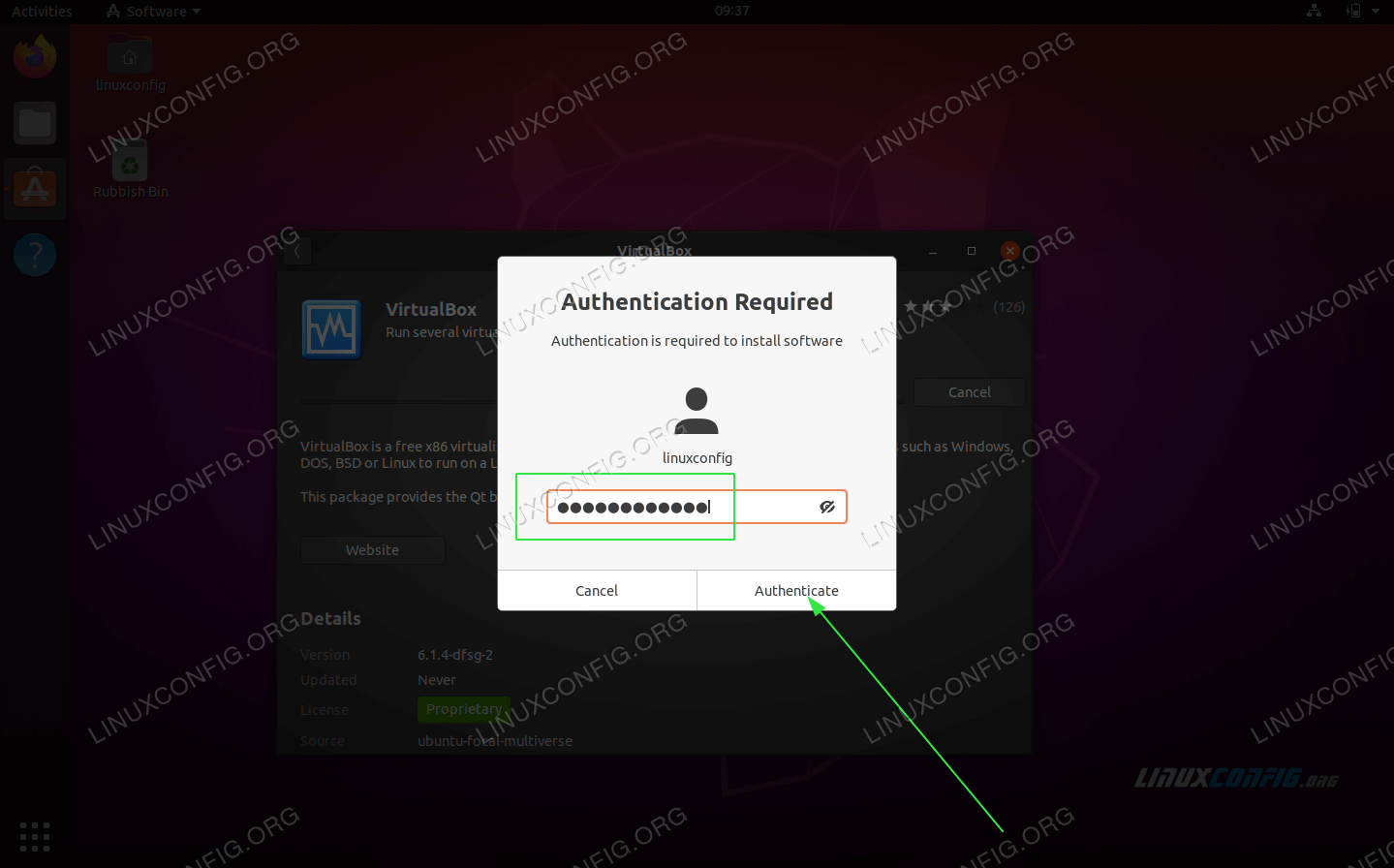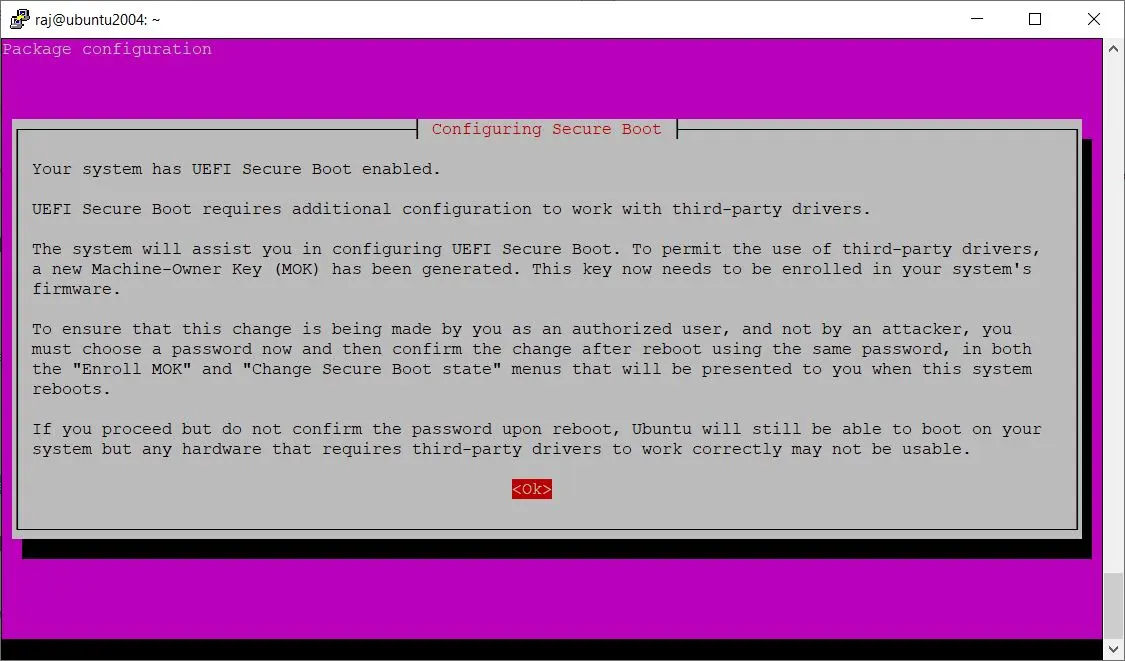
Requirements: Minikube requires at least 2 CPUs, 2GB of free memory, 20GB of free disk space, internet connection and container or virtual machine manager (driver), such as: Docker, Hyperkit, Hyper-V, KVM, Parallels, Podman, VirtualBox, or VMWare. In this note i will show how to install Minikube & Kubectl on Ubuntu (with VirtualBox) and deploy a first “Hello Minikube” application on a local Kubernetes cluster. It lets you to try out Kubernetes locally on your personal computer or use it for daily development work. Run the apt update command below to update the list of available packages.Minikube is a single-node Kubernetes cluster that can be installed on macOS, Linux and Windows.

To install VirtualBox from the Ubuntu repositories using APT:ġ. You can install the latest version using Oracle’s official repository, which you will learn about in the following section. Note that the version of VirtualBox in the repositories may not be the latest and greatest. This method works whether you’re using Ubuntu Desktop or Server. The easiest way to install VirtualBox on Ubuntu is to use the APT package manager. The base repositories for Ubuntu 20.04 include VirtualBox, but it doesn’t come installed by default. Installing VirtualBox on Ubuntu 20.04 via APT


A minimum of 20GB of free storage space – Each VM you create needs its own storage.A minimum of 4GB of RAM – VirtualBox recommends at least 16GB for optimal performance.Related: How to Set up the SSH Chrome Extension An SSH client of your choice – This tutorial assumes that you’ve logged/SSH’d into your Ubuntu 20.04 system.If you use a non-root user, prepend sudo on each command in this tutorial. A user account with sudo privileges – This tutorial uses a root account, but you can also use a regular account with sudo privileges.If you’d like to follow along, be sure you have the following:

This tutorial will be a hands-on demonstration. Increasing VM’s Video Memory (VRAM) to Improve Performance.Installing VirtualBox from Oracle’s Official Repository.Installing VirtualBox on Ubuntu 20.04 via APT.


 0 kommentar(er)
0 kommentar(er)
